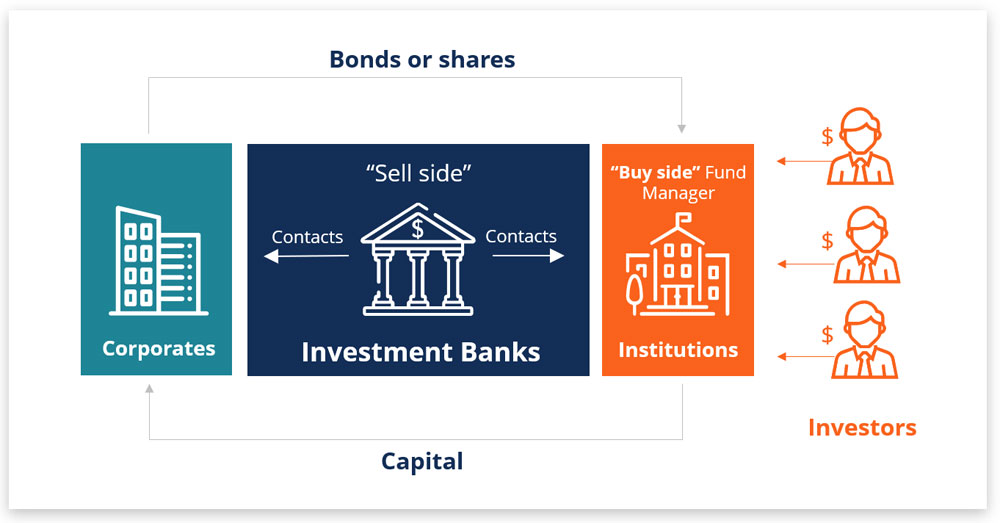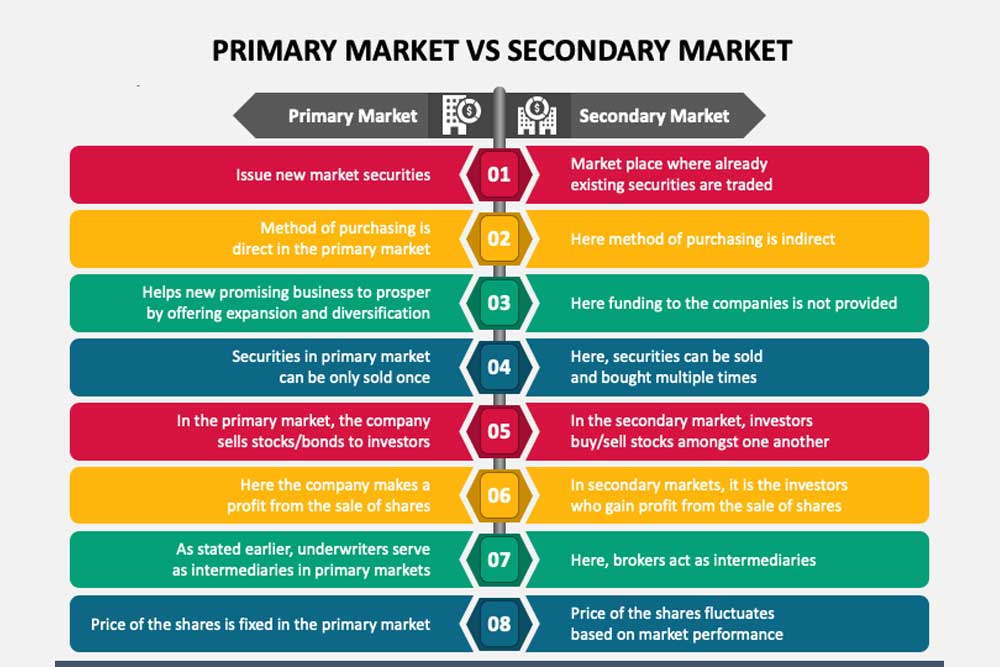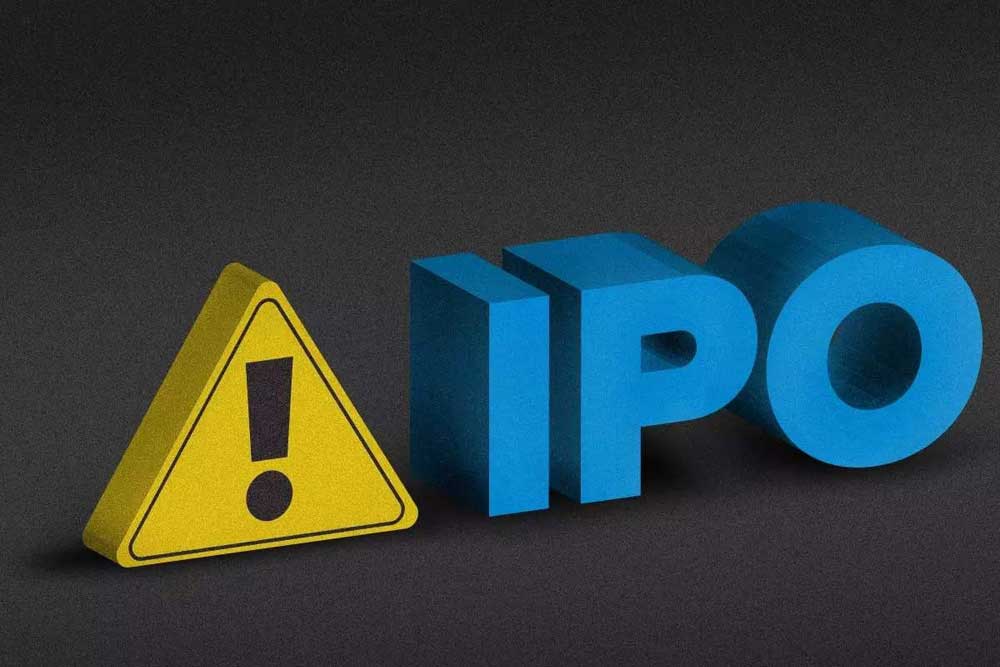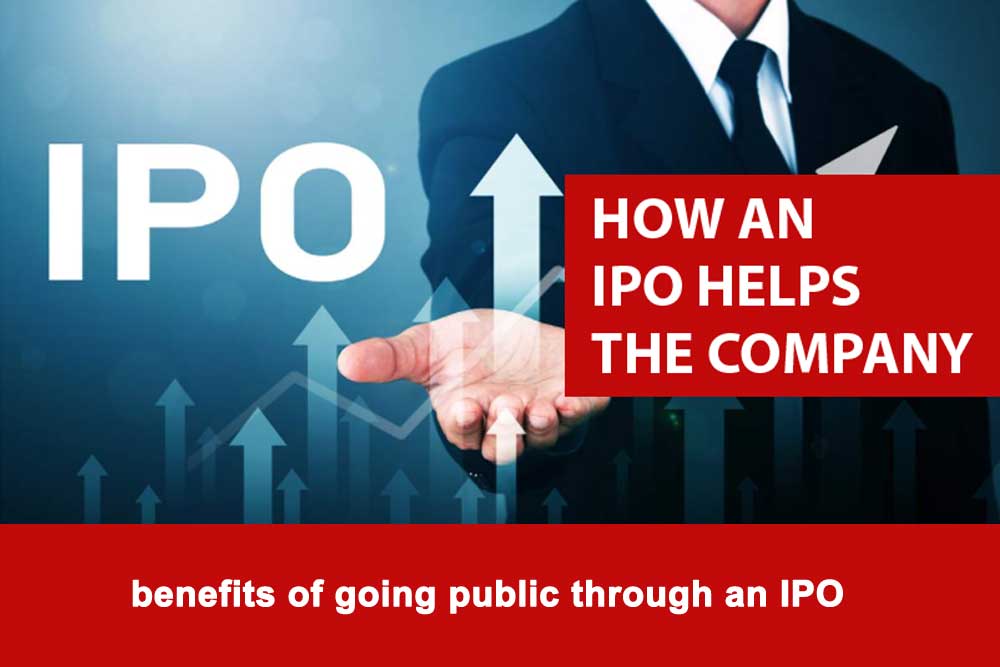Combien d'argent une entreprise peut-elle lever grâce à une introduction en bourse ?
The amount of money a company can raise through an IPO depends on several factors, such as the number of shares being offered, the offering price, and investor demand. Typically, larger and more well-established companies are able to raise more money through an IPO. In recent years, the average IPO size has been around $150 … Lire la suite










